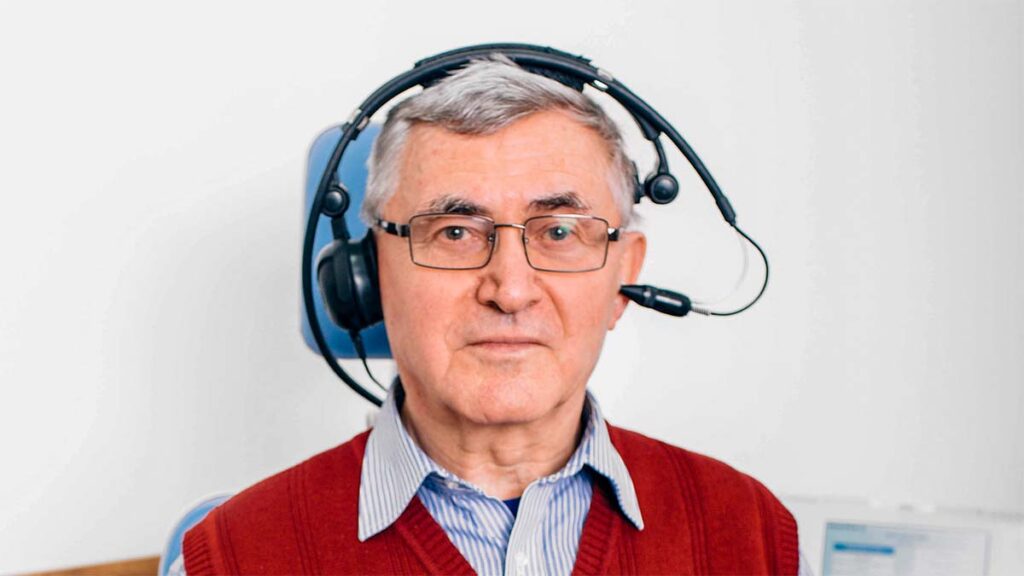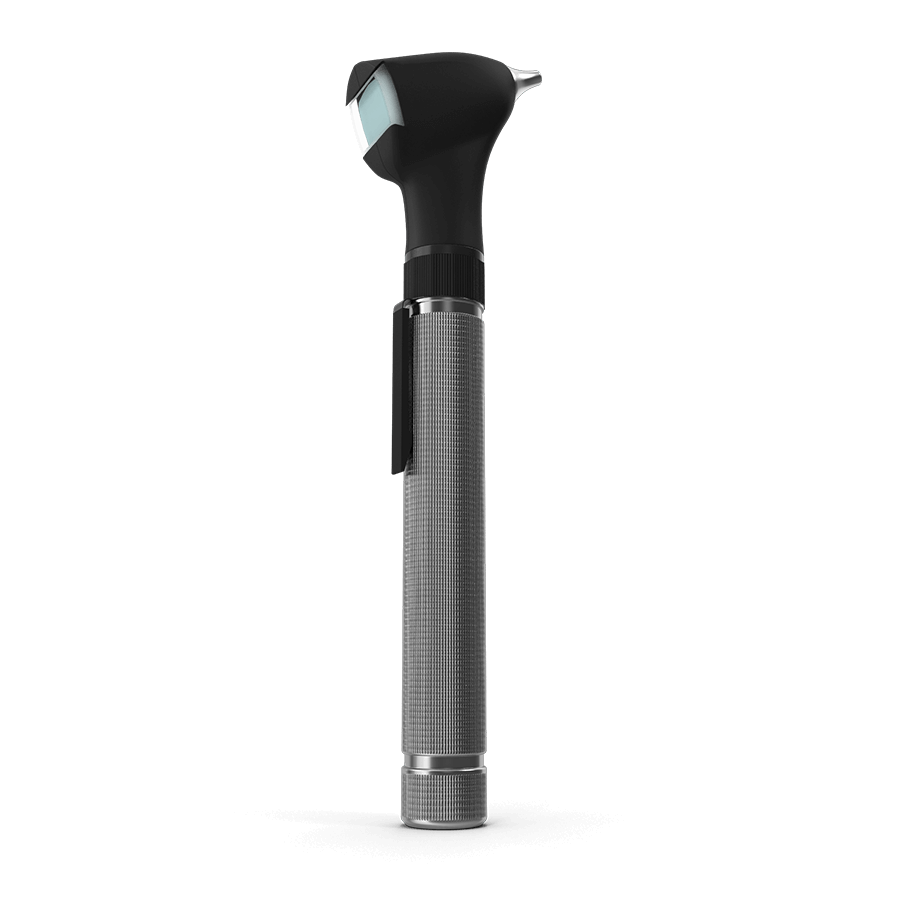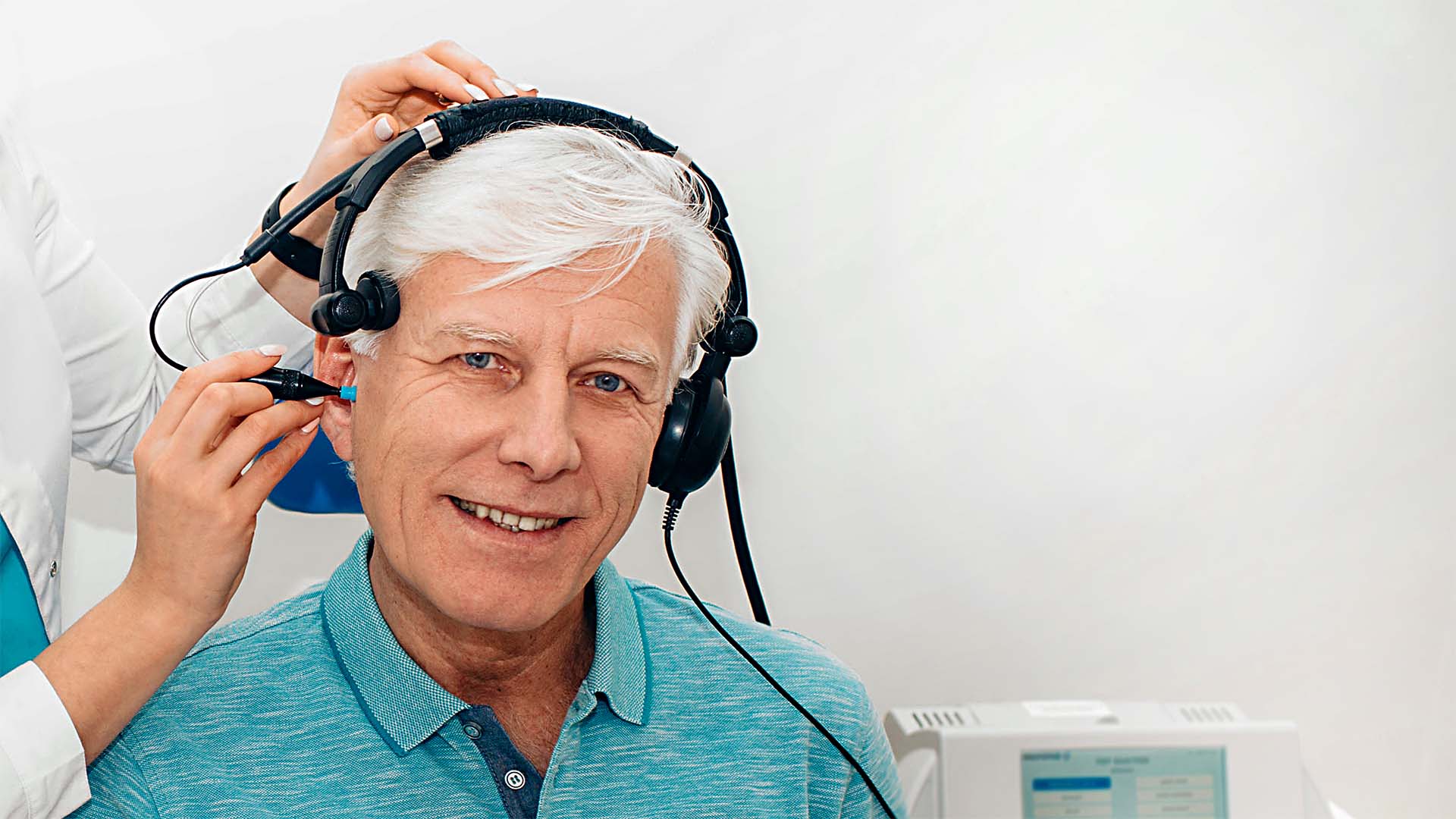Table of Contents
Introduction
Relocating to a new country presents many challenges, and understanding the local healthcare system can be one of them. For senior residents living in the Algarve (or Portugal whatsoever), the term “Teste da Trompa de Eustáquio” might have raised questions during your appointments. In English, this refers to the Eustachian Tube Function Test – a simple yet important assessment of your middle ear’s ability to balance pressure and drain fluid.
This article aims to explain, in plain and friendly language, what the test involves, how it is conducted, and why it is a crucial tool in maintaining optimal hearing. Whether you are experiencing a sensation of fullness in your ear, a slight muffling of sounds, or you simply want to keep your hearing in check, understanding this test can provide you with valuable insights into your ear health.
What is the Eustachian Tube Function Test?
The Eustachian tubes are small passages that connect the middle ear to the back of the nose and upper throat. Their primary role is to equalise the pressure between the middle ear and the external environment while allowing any accumulated fluid to drain. Under normal conditions, these tubes remain closed and only open momentarily when you swallow, yawn, or chew.
When the Eustachian tubes fail to open properly—a condition known as Eustachian tube dysfunction—the pressure within the middle ear does not balance. This imbalance can lead to a range of symptoms, such as a persistent feeling of ear fullness, a sense of pressure, or even intermittent hearing loss. Sometimes, this may be accompanied by a subtle crackling or popping sound, similar to the sensation experienced during an aircraft take-off.
The Eustachian Tube Function Test is designed to objectively evaluate the performance of these tubes. By providing a clear indication of whether the middle ear is correctly equalising pressure, the test helps to diagnose conditions that might otherwise be attributed to other causes, such as infections or wax buildup. This objective assessment is especially important for seniors, as early detection of any dysfunction can lead to more effective management and prevention of further complications.
How is the Test Performed?
Despite its technical name, the procedure is straightforward, non-invasive, and generally very quick. It is performed by an audiologist in a comfortable clinical environment, ensuring that you experience minimal discomfort. Here is an overview of what to expect during the test:
Initial Examination
Before beginning the test, the audiologist will conduct a brief examination of your ear. Using an instrument similar to a small torch, the professional checks the ear canal and eardrum for any obvious obstructions, such as earwax. This initial step is essential to ensure that nothing interferes with the testing process.
Placement of the Probe
Following the examination, a soft probe is carefully placed in the ear canal. The probe forms a gentle seal, enabling the equipment to control the pressure within your ear. This device, which is part of a system known as a tympanometer, is commonly used for assessing the mobility of the eardrum and is safe and familiar to most audiologists.
Measuring Pressure and Eardrum Movement
Once the probe is in position, the device introduces a controlled puff of air into your ear canal while simultaneously playing a low-pitched tone. The resulting pressure changes are similar to those experienced during an airplane ascent or descent. These fluctuations cause the eardrum to move, and the movement is recorded as a graph known as a tympanogram.
This graph provides a visual representation of how your eardrum responds to varying pressure levels. A healthy, well-functioning Eustachian tube will allow for smooth movement of the eardrum, whereas any irregularities in the graph may suggest dysfunction. The procedure is painless, and most patients describe the sensation as mildly unusual rather than uncomfortable.
Activating the Eustachian Tube
A key part of the test involves checking the active function of the Eustachian tube. During the examination, you may be asked to perform simple actions such as swallowing or sipping a little water. These actions prompt the Eustachian tube to open, and the device records the eardrum’s response before and after the action. The test often includes several measurements—under normal conditions, and then under both positive and negative pressure—to provide a complete picture of the tube’s function.
Repeating the Process for the Other Ear
Since issues with the Eustachian tube can be unilateral or affect both sides, the entire process is usually repeated for the opposite ear. This ensures that any dysfunction is identified accurately and can be addressed appropriately.

Why is the Test Important for Your Hearing Health?
For many, a blocked or malfunctioning Eustachian tube might seem like a minor inconvenience. However, over time, an untreated dysfunction can lead to more serious conditions. Here are some reasons why the Eustachian Tube Function Test is essential:
Accurate Diagnosis
Symptoms such as ear fullness, slight hearing loss, and the occasional crackling sound can arise from various issues. The test provides objective data that help differentiate between Eustachian tube dysfunction and other conditions like infections or wax impaction. This accuracy ensures that any subsequent treatment is based on reliable information rather than guesswork.
Preventing Chronic Issues
A malfunctioning Eustachian tube can lead to chronic ear problems. If the tube does not open adequately, fluid may accumulate in the middle ear, potentially leading to repeated infections or long-term hearing loss. By detecting problems early through this test, healthcare providers can recommend treatments that prevent these chronic issues from developing further.
Enhancing Quality of Life
For many senior residents, hearing is not just about the ability to perceive sounds—it is closely tied to overall quality of life. When your ears are functioning well, you can enjoy conversations, music, and the natural sounds of your surroundings without constant discomfort or worry. Knowing that your Eustachian tubes are working properly can give you peace of mind, allowing you to focus on the pleasures of life in the Algarve.
Preparing for Travel and Altitude Changes
For those who travel frequently or engage in activities that involve altitude changes, the function of the Eustachian tube becomes even more significant. Whether you are boarding a flight or driving through mountainous regions, a well-functioning Eustachian tube ensures that sudden pressure changes do not result in discomfort or pain. The test can help determine if preventive measures are necessary before embarking on journeys that involve significant altitude variations.
Conclusion
The Eustachian Tube Function Test is a simple, non-invasive procedure that plays a crucial role in assessing the health of your middle ear. By measuring how well your Eustachian tubes open and close to balance pressure, the test provides valuable insights that help in diagnosing ear-related issues before they become serious.
For seniors and foreign residents in the Algarve, understanding and utilising such tests is key to maintaining good hearing health. Rather than being an obscure technical procedure, the test is a straightforward and effective way to ensure that your ears remain in optimal condition, allowing you to enjoy your everyday activities without interruption.
If you have experienced persistent ear fullness, intermittent hearing loss, or discomfort during changes in altitude, it may be time to consider this test. AudioCare offers comprehensive audiology services, including the Eustachian Tube Function Test, in a welcoming environment. For more information or to schedule an appointment.logist if you have any concerns about your ear health.
Sources
Prigge, L., AuD. “How Do I Perform a Eustachian Tube Function Test?” AudiologyOnline (2019) . Professional explanation of the step-by-step procedure for intact eardrum Eustachian tube function testing.
NCBI StatPearls. Eustachian Tube Dysfunction (Hamrang-Yousefi S. et al., updated Feb 2023) . A clinical summary including the definition of ETD, symptoms (fullness, tinnitus, etc.), and prevalence in the general population.
Patient.info. Eustachian Tube Dysfunction (Dr Mary Harding, updated 2017) . Patient-facing article describing how the Eustachian tube works, symptoms and effects when it malfunctions, in easy-to-understand terms.
Yung, M. W. et al. Eustachian Tube Dysfunction: Consensus Statement on Definition, Types, and Diagnosis. Clin Otolaryngol. 2015; 40(5): 407-411. DOI: 10.1111/coa.12475. (Includes expert definitions of normal Eustachian tube function and common symptoms of dysfunction .)









